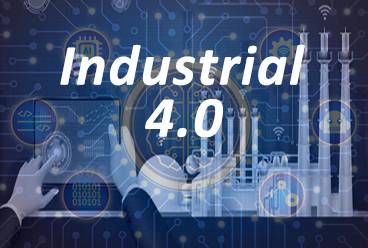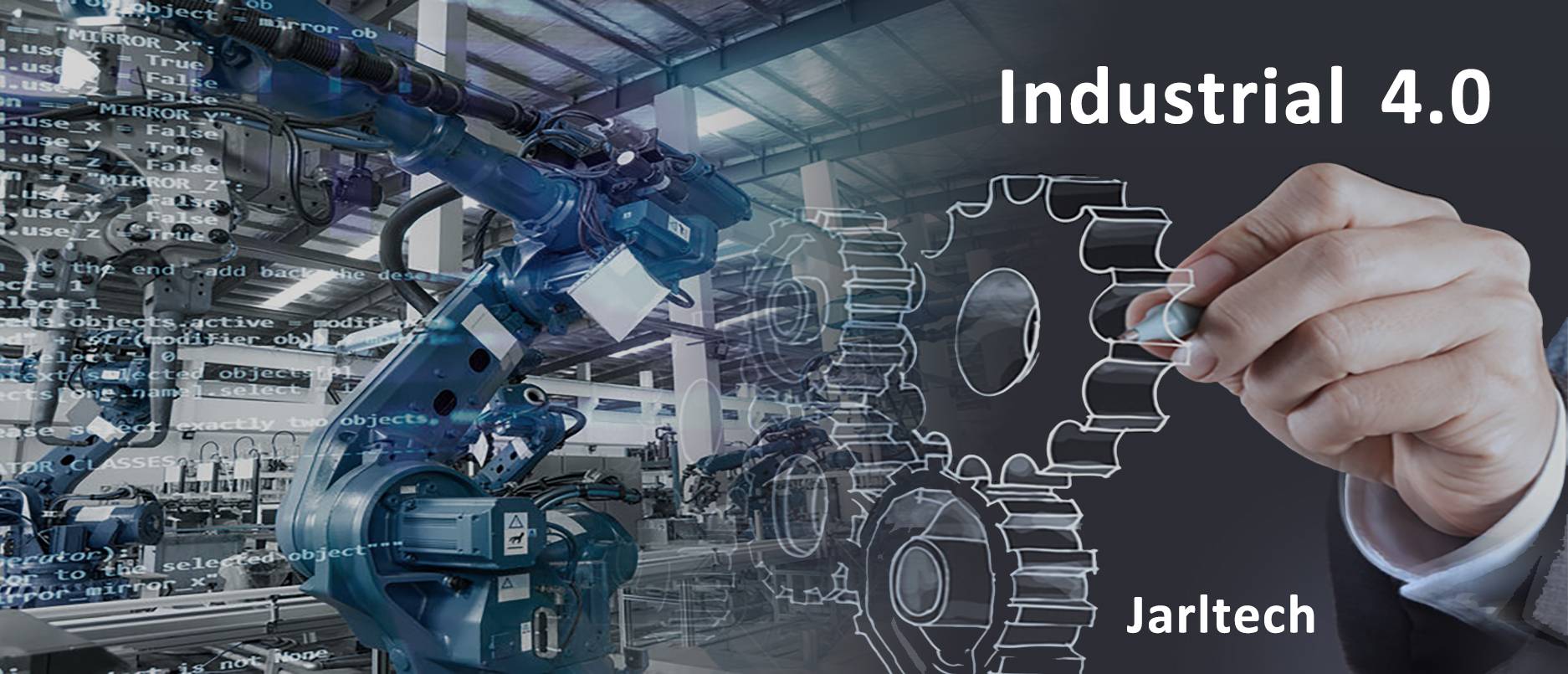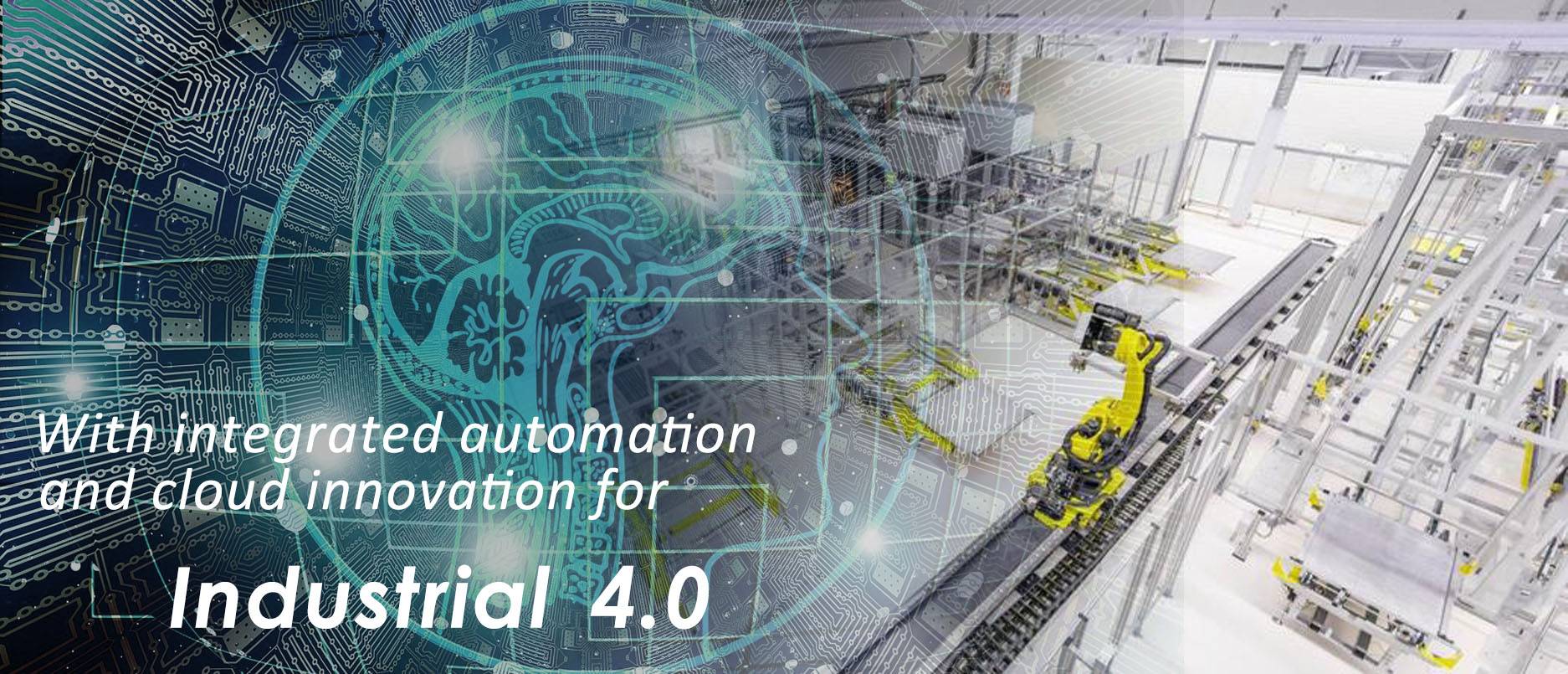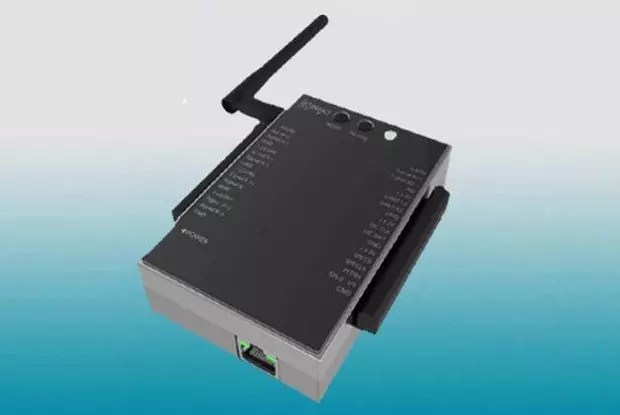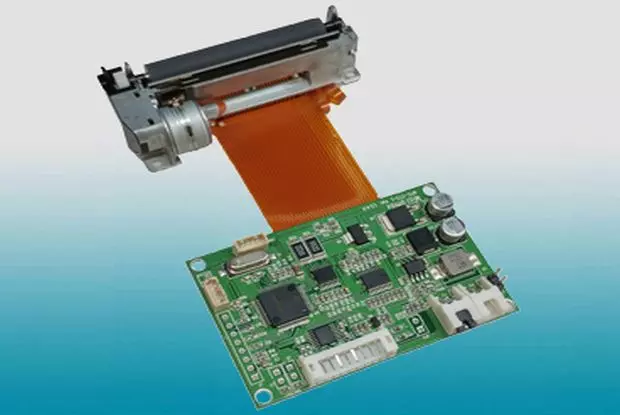Industry 4.0
We are now entering the era of Industry 4.0.
Jarltech offers network-connected solutions for smart manufacturing, integrating automation and cloud technology to support Industry 4.0.
Let us begin by defining two key terms: the Internet of Things (IoT) and Industry 4.0
The term "IoT" (Internet of Things) describes a network of billions of interconnected devices that collect and share data over the Internet. These devices are able to communicate with one another, thereby enabling remote monitoring and management.
A significant number of homes now include IoT devices, such as internet-connected thermostats that homeowners can control remotely via their smartphones. Furthermore, these thermostats can be linked to smoke and carbon monoxide detectors throughout the house, providing real-time updates to the homeowner from any location. Furthermore, home security systems are now integrated with the Internet, connecting sensors on doors and windows, motion detectors, and cameras, allowing homeowners to monitor their property remotely, even while on vacation.
The Industrail Revolution
Industry 4.0 represents the fourth evolution in manufacturing, driven by the digitization of production processes. The initial industrial revolution (Industry 1.0) employed water and steam power for mass production. The second industrial revolution (Industry 2.0) saw the introduction of electricity, which significantly enhanced manufacturing capabilities. The third industrial revolution, or Industry 3.0, saw the rise of computers and automation. In Industry 4.0, IoT technologies are instrumental in facilitating comprehensive monitoring and control of manufacturing operations from a centralized control room. Sensors relay critical data from machines, allowing a single operator to oversee entire plant sections. This integration results in reduced labor costs, enhanced safety, and the ability to operate continuously and around the clock.
Computers have transformed manufacturing, and today, they are interconnected, enabling autonomous decision-making. The advent of Industry 4.0 will see the integration of cyber-physical systems, the Internet of Things, and the Internet of Systems, leading to the creation of even smarter and more capable machines.
The interconnectivity of manufacturing machines generates extensive data that can be used to keep the maintenance department informed about performance, allowing for more efficient and effective maintenance operations. This data can be analyzed to uncover patterns rapidly, with greater speed and accuracy than is possible for a human analyst. Industry 4.0 enables manufacturers to enhance operational efficiency and streamline processes by promptly identifying and addressing issues.
The Internet of Things (IoT) is transforming manufacturing with its vast range of applications in Industry 4.0. Sensors placed throughout a plant allow a single operator in a control room to monitor and manage entire sections of the facility, transmitting vital information in real time. This integration results in reduced labor costs, enhanced safety, and the ability to maintain continuous, uninterrupted 24/7 operation.
The data analysis has identified patterns
The interconnectedness of manufacturing machines generates vast amounts of data that can be used to update the maintenance department on performance. The analysis of this data allows for the identification of patterns in a more timely manner than would be possible through manual analysis, thereby enabling improvements to be made in a timely fashion. Industry 4.0 optimizes operational efficiency by rapidly identifying and resolving issues.
Manufacturers operate within complex supply chains, each equipped with its own tools, data, processes, and networks. Integrating these networks through IoT technology allows for a unified response across the entire supply chain, thereby improving coordination and adaptability to market changes.
The primary advantage of IoT in Industry 4.0 is the ability to make more informed decisions. When machines are interconnected, they generate data that feeds into software applications, providing management with actionable insights for informed and timely decision-making. This transition from intuitive decision-making to data-driven choices reduces the potential for errors and waste. Management can monitor each component of the manufacturing system to ensure optimal performance, applying real-time updates automatically to boost productivity and minimize energy consumption, thus increasing efficiency and reducing costs.
The objective is to reduce errors and minimize waste
Manufacturers encounter substantial obstacles when integrating new technologies. Management must gain a deeper understanding of digital tools and develop and implement bespoke manufacturing strategies. To meet the demands of Industry 4.0, it is essential to collect and analyse data from a range of sources, including production equipment and customer management systems. This allows for real-time decision-making and ensures alignment with emerging industry standards.
It is essential that robots interact seamlessly with each other and work safely alongside humans if they are to be effective. As robot technology becomes more affordable and versatile, manufacturers will face the challenge of integrating these robots with production floor systems and back-office operations, including finance and purchasing. This will generate vast amounts of data, requiring a change in approach to effectively harness software for managing and coordinating these complex systems.
Leveraging Jarltech's solutions to achieve optimal results
The advent of Industry 4.0 has brought with it significant challenges for manufacturing companies, who are under pressure to enhance productivity through the use of smart factories and advanced manufacturing techniques. By leveraging Jarltech's solutions, including IPCs, industrial and machine automation technologies, and integrated hardware-software systems, companies can advance their Industry 4.0 capabilities. To facilitate this transformation, Jarltech has developed a strategic plan comprising three phases.
In the initial phase of implementing equipment connectivity, devices, machines, production lines, and factories are integrated into the system. This ensures data transparency and effective information visualization, which are essential for optimizing production processes. The second phase is dedicated to data collection and integration, with the introduction of value-added products and services designed to enhance smart manufacturing. The final phase entails the implementation of intelligent machinery and sophisticated big data analysis to drive innovation and enhance efficiency.
To accomplish these objectives, Jarltech has developed network-connected solutions for smart factories
• Machine Automation
• Equipment Monitoring / Optimization
• Machine Monitoring / Predictive Maintenance
• MES Integration / Production Traceability
• Factory Energy Management System
• Factory Environment Monitoring
Industry 4.0 | High-Quality Self-Service Kiosk Solutions | Jarltech
Located in Taiwan since 1987, Jarltech International Inc. has been a developer and manufacturer of POS and Kiosk systems for restaurants, retail stores and supermarkets. Their main software and hardware products include, Industry 4.0, small business POS systems, self-service kiosks, smart card readers, Bluetooth thermal printers, embedded motherboards and all-in-one panel PCs, focusing on providing interactive kiosk solutions.
Leverage Jarltech’s 30+ years of expertise in developing innovative POS and Kiosk systems tailored for diverse business needs in restaurants, retail stores, and supermarkets. Our specialized solutions, encompassing IPC, Touch Monitor, Thermal Printer, and Smart Card Reader, are designed to elevate your business operations, ensuring seamless transactions and enhanced customer experiences.
Jarltech has been offering customers global B2B solutions with Jarltech’s POS and Kiosk Systems since 1987, both with advanced technology and 37 years of experience, Jarltech ensures each customer's demands are met.

